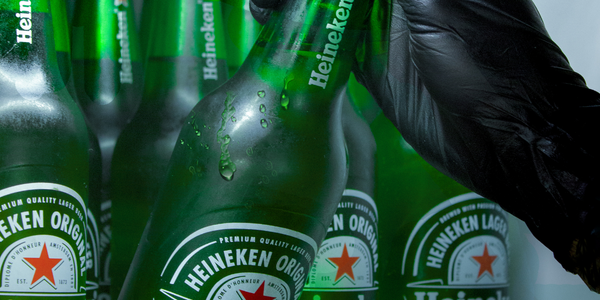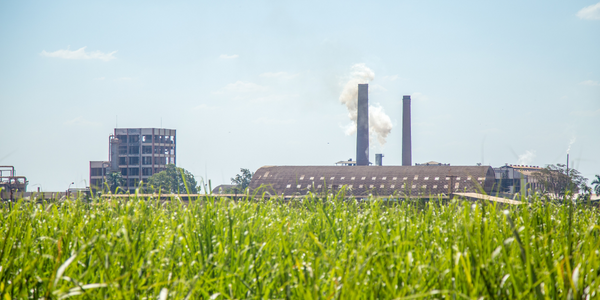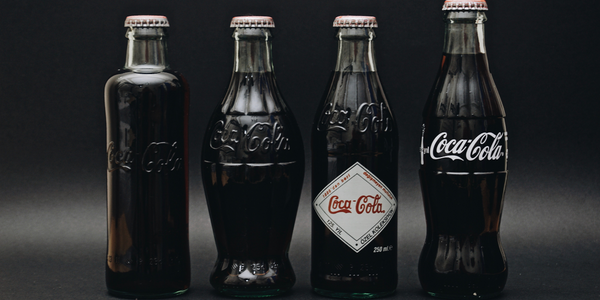技术
- 分析与建模 - 机器学习
适用行业
- 食品与饮料
- 零售
适用功能
- 销售与市场营销
用例
- 库存管理
- 零售店自动化
服务
- 数据科学服务
关于客户
Focus Brands 是全球多渠道食品服务品牌的领先开发商。该公司拥有 Auntie Anne's、Cinnabon、Jamba 等 7 个全球品牌,为超过 1200 万客户提供服务。作为全球排名第四的食品和饮料品牌授权商,Focus Brands 拥有 100 多种产品,其全球 6,000 多个特许经营店的年零售额超过 10 亿美元。该公司拥有 1,200 多名员工,总部位于佐治亚州亚特兰大。
挑战
Focus Brands 是全球多渠道食品服务品牌的领先开发商,在整合和简化其七个不同品牌的运营方面面临着重大挑战。经过多年收购的每个品牌都有自己的流程、需求和标准。该公司需要将其资产集中在一个数字资产管理 (DAM) 系统中,以更好地为全球特许经营商和客户提供服务。目标是消除创意部门的瓶颈并建立反馈循环以了解哪些资产与客户产生共鸣。该挑战还涉及将资产无缝集成到所有相关渠道,同时不断改善客户体验。
解决方案
为了应对这一挑战,Focus Brands 组建了一个由整个企业的利益相关者组成的咨询小组来选择 DAM。目标是集中存储在 15 个系统中的资产。该公司了解让人们适应新工作方式以及选择新技术的重要性。一旦明确定义了业务目标,定义和实现自动化和集成的任务就开始了。该公司选择 Digizuite DAM 是因为其内置且可扩展的自动化和集成库。这使得该公司能够简化流程,消除大量行政工作,并降低人为错误的风险。例如,自动图像识别可以识别照片中的名人,然后通过法律部门发送这些名人,以确保将正确的协议和信息附加到图像中。
运营影响
数量效益

Case Study missing?
Start adding your own!
Register with your work email and create a new case study profile for your business.
相关案例.

Case Study
The Kellogg Company
Kellogg keeps a close eye on its trade spend, analyzing large volumes of data and running complex simulations to predict which promotional activities will be the most effective. Kellogg needed to decrease the trade spend but its traditional relational database on premises could not keep up with the pace of demand.

Case Study
HEINEKEN Uses the Cloud to Reach 10.5 Million Consumers
For 2012 campaign, the Bond promotion, it planned to launch the campaign at the same time everywhere on the planet. That created unprecedented challenges for HEINEKEN—nowhere more so than in its technology operation. The primary digital content for the campaign was a 100-megabyte movie that had to play flawlessly for millions of viewers worldwide. After all, Bond never fails. No one was going to tolerate a technology failure that might bruise his brand.Previously, HEINEKEN had supported digital media at its outsourced datacenter. But that datacenter lacked the computing resources HEINEKEN needed, and building them—especially to support peak traffic that would total millions of simultaneous hits—would have been both time-consuming and expensive. Nor would it have provided the geographic reach that HEINEKEN needed to minimize latency worldwide.

Case Study
Improving Production Line Efficiency with Ethernet Micro RTU Controller
Moxa was asked to provide a connectivity solution for one of the world's leading cosmetics companies. This multinational corporation, with retail presence in 130 countries, 23 global braches, and over 66,000 employees, sought to improve the efficiency of their production process by migrating from manual monitoring to an automatic productivity monitoring system. The production line was being monitored by ABB Real-TPI, a factory information system that offers data collection and analysis to improve plant efficiency. Due to software limitations, the customer needed an OPC server and a corresponding I/O solution to collect data from additional sensor devices for the Real-TPI system. The goal is to enable the factory information system to more thoroughly collect data from every corner of the production line. This will improve its ability to measure Overall Equipment Effectiveness (OEE) and translate into increased production efficiencies. System Requirements • Instant status updates while still consuming minimal bandwidth to relieve strain on limited factory networks • Interoperable with ABB Real-TPI • Small form factor appropriate for deployment where space is scarce • Remote software management and configuration to simplify operations

Case Study
Energy Management System at Sugar Industry
The company wanted to use the information from the system to claim under the renewable energy certificate scheme. The benefit to the company under the renewable energy certificates is Rs 75 million a year. To enable the above, an end-to-end solution for load monitoring, consumption monitoring, online data monitoring, automatic meter data acquisition which can be exported to SAP and other applications is required.

Case Study
Coca Cola Swaziland Conco Case Study
Coco Cola Swaziland, South Africa would like to find a solution that would enable the following results: - Reduce energy consumption by 20% in one year. - Formulate a series of strategic initiatives that would enlist the commitment of corporate management and create employee awareness while helping meet departmental targets and investing in tools that assist with energy management. - Formulate a series of tactical initiatives that would optimize energy usage on the shop floor. These would include charging forklifts and running cold rooms only during off-peak periods, running the dust extractors only during working hours and basing lights and air-conditioning on someone’s presence. - Increase visibility into the factory and other processes. - Enable limited, non-intrusive control functions for certain processes.








